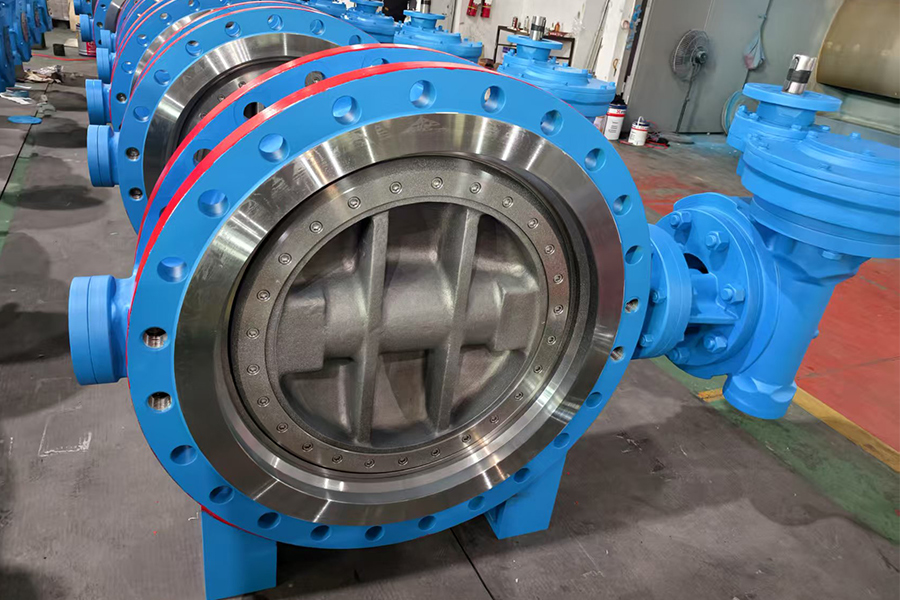2025-06-16
The Carbon Steel Electric Control Butterfly Valve distinguishes itself with a robust design centered around carbon steel, a material known for its mechanical strength, corrosion resistance, and cost-effectiveness. The choice of carbon steel enhances the valve's capability to operate efficiently under demanding conditions, including high pressure and temperature environments.

Carbon steel offers significant toughness, which allows the valve to endure mechanical stress without deformation or failure. This makes the Carbon Steel Electric Control Butterfly Valve particularly suitable for applications involving turbulent or abrasive fluids. Furthermore, the carbon steel body provides good resistance against corrosion, especially when combined with appropriate surface treatments, thereby extending the valve's service life.
The valve's electric control system integrates an actuator that precisely manages the butterfly disc's rotation, enabling automated regulation of fluid flow. The electric actuator responds to control signals, positioning the valve disc at variable angles for fine flow modulation. This capability is fundamental in processes requiring accurate control, such as chemical dosing, water treatment, and HVAC systems.
The Carbon Steel Electric Control Butterfly Valve operates on a quarter-turn principle, where the disc rotates 90 degrees to open or close the valve. This simple yet effective design contributes to fast operation and reduced wear. The electric actuator controls the rotation, allowing for remote and automated operation, which enhances safety and convenience in industrial settings.
Performance-wise, the valve excels in several key areas:
Flow Control Accuracy: The electric actuator permits precise positioning of the butterfly disc, enabling the Carbon Steel Electric Control Butterfly Valve to regulate flow rates effectively. This precision is critical in processes where consistent flow rates impact product quality or safety.
Tight Sealing: The valve seat, often made from resilient materials such as PTFE or EPDM, ensures a tight seal when the valve is closed. The Carbon Steel Electric Control Butterfly Valve thus minimizes leakage, maintaining system integrity and preventing fluid loss.
Durability under Pressure: Thanks to the carbon steel construction, the valve maintains structural integrity even under high pressure conditions. This capability makes it reliable in systems where pressure fluctuations are common.
Automation and Control Integration: The electric actuator can be interfaced with control systems for real-time monitoring and adjustment. This integration enhances operational efficiency and supports process automation.
The Carbon Steel Electric Control Butterfly Valve finds extensive use across diverse industries due to its strong performance characteristics. In water treatment plants, it regulates flow and pressure, contributing to consistent water quality and system stability. The valve's corrosion resistance ensures longevity even in harsh water chemistries.
In the chemical industry, the valve's ability to provide precise flow control is vital for maintaining reaction conditions and product consistency. The carbon steel body withstands corrosive chemicals, while the electric control system enables remote adjustments, improving safety by reduce manual intervention.
The Carbon Steel Electric Control Butterfly Valve is also prevalent in HVAC systems, where it controls air and water flows to optimize energy use and maintain comfortable environmental conditions. Its quick response and reliable sealing help maintain system balance and efficiency.
While the Carbon Steel Electric Control Butterfly Valve offers numerous advantages, certain considerations are important to maintain its performance over time. The electric actuator requires regular inspection to ensure responsive operation and to prevent failures due to electrical faults or mechanical wear.